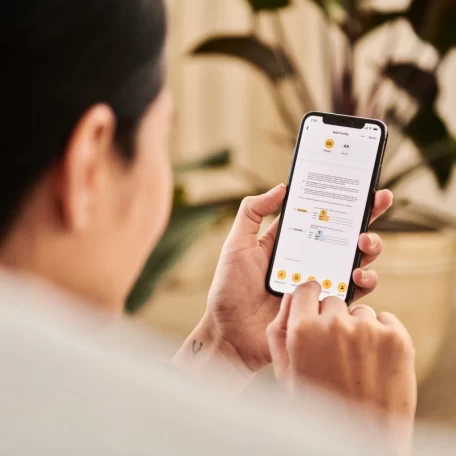Expanding into Poland – Benefits of Multilingual Content

Today's global market values multilingual websites and apps. This article explains why having your online presence in multiple languages is beneficial. It helps you connect with more customers and enhances your website's search rankings. We will discuss how speaking your customer's language can make your business more approachable and trustworthy, leading to more sales and a stronger online presence. Let’s learn how to effectively use multiple languages to improve customer experience and grow your business.
Pros of a Multilingual Website or App
According to research, only 15% of the global population speak English (Lingoda). Imagine how many new customers you could communicate with by using people’s preferred language? Multilingual websites and apps enable prospects to easily converse with you. This will allow you to build better relationships with your online audiences, resulting in higher engagement with your marketing content.
An engaged audience is much more likely to convert into paying customers, resulting in more sales for your business. When your website or app users can choose their own local language, this increases familiarization. As your prospects become more familiar with your brand, they will feel more comfortable asking questions and buying from you. When it comes to your website, SEO translations are also important. Knowing how certain keywords perform in multiple languages will help your website to rank highly in search engine listings.
If your competitors do not offer a multilingual user experience, this will distinguish your business from others within your marketplace. You might be able to take advantage of this further by carving out a niche within a local market and expanding your own customer base.
How to Provide a Multilingual User Experience?
If you are undecided on what language to use for your website or app, first carry out some market research. The best way is to analyse your potential customer base, and in some cases, you could even ask users what their preferred language might be. Most nations have official statistics that provide data on the languages spoken in that particular country.
One way of seeing a user’s preferred language is the http protocol. Web browsers send a list of optionally weighted languages to a user, which represent the user’s preferences. This is not completely guaranteed, but it is one way of gaining clarity on who’s using your platform.
Although Google Analytics offers insights into the IP geolocation of your website traffic, you need to remember that people speak multiple languages within one country.
- In the USA, it’s thought that 13% of the population use Spanish as their first language, despite it being considered an English-speaking country.
- In Europe, there are countries with a language mix. Belgium, for example, has three official languages – Dutch, French and German.
- In Central and Eastern Europe, you will find several languages are spoken, such as Russian, Polish and Ukrainian.
Using the example of an app targeting a Polish audience, you would include relevant information that resonates with their needs, wants and desires. This involves a deep understanding of the Polish people’s culture so you can use any language nuances. The Polish translated text also needs to be of a high quality to capture people’s interest.
Localization is the Key to Multilingual Apps
Whatever language you choose, it is important to use relevant phrases within your app or website text. It is crucial that you fully understand the meanings of any wording used in case there are variances. Don’t forget that a phrase in one language may have a completely different meaning in another country. So, localizing your text is essential.
According to a survey carried out by CSA, 68% of customers are happier to pay a higher price for a localized product. Localization benefits mobile apps and website content by improving the user experience. Localized text uses specific details which are relevant to the user’s nationality, for example, language phrasing and local currency.
By using a translator who is also a localization expert, your business or brand will be able to attract and retain more customers. Langbay offers professional English-to-Polish mobile app translations and website translations. By translating and localizing your app or website into Polish, you can take advantage of one of the fastest-growing markets in Europe.
Let's team up
Since 2011, Langbay has specialized in translations that empower companies to succeed in the Polish market.
We meticulously adapt your brand's communications to match the tone and voice you've cultivated and resonate with the unique cultural nuances of Poland.
Reach out to us, and let's explore the potential of our collaboration.

Blog
Knowledge Base
Exclusive Bonus Just for You
Get Your Free eBook







